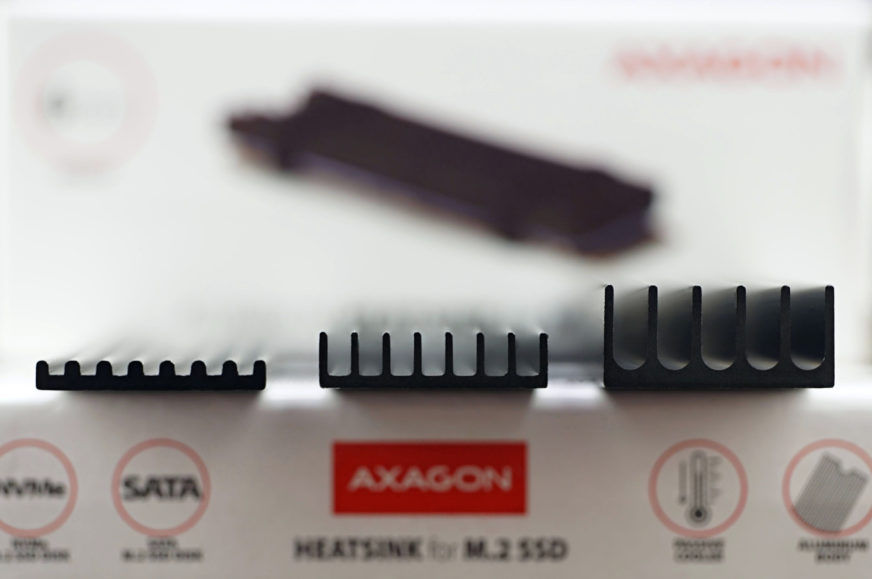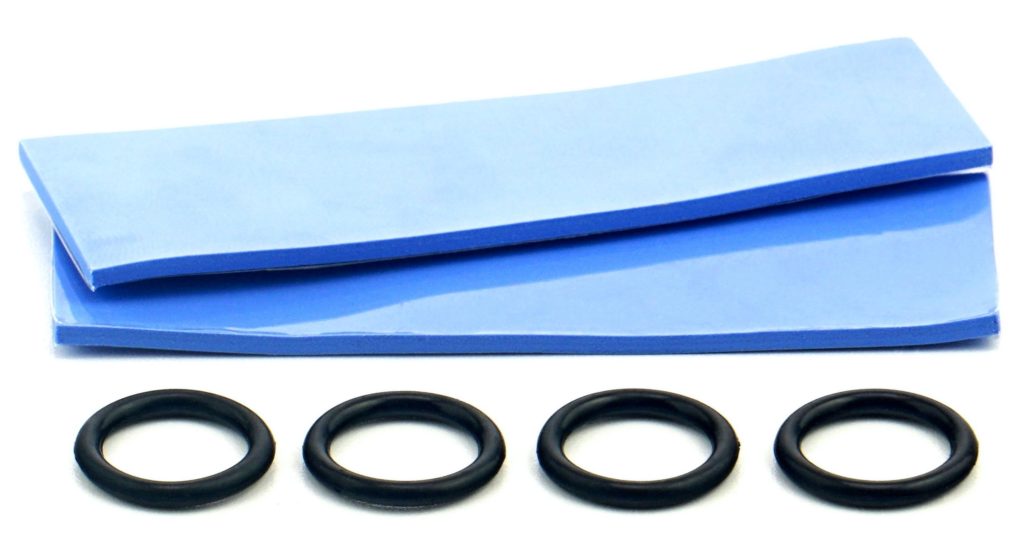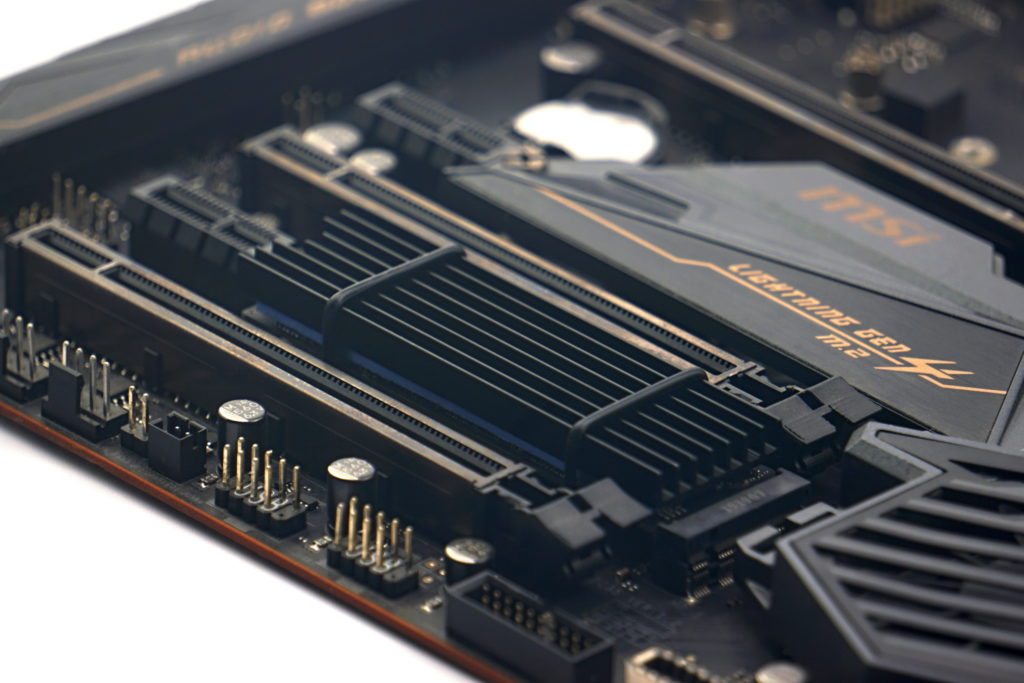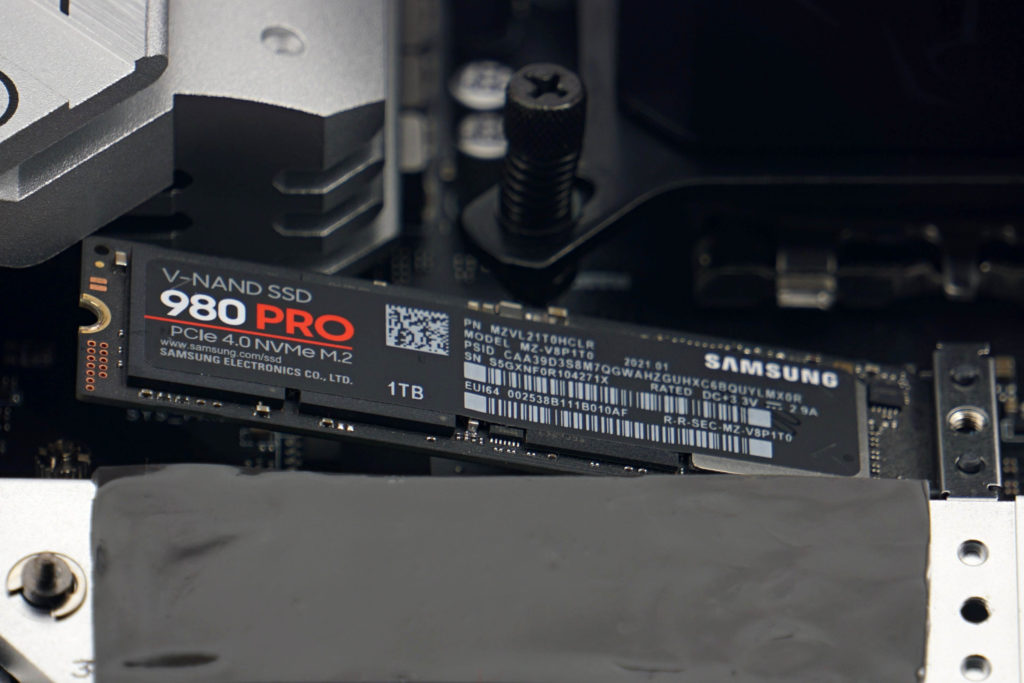Axagon CLR-M2Lx coolers in detail
The prices of dedicated SSD coolers we’ve tested recently are climbing towards the prices of the cheapest CPU coolers. Considering the smaller amount of material and the simpler design, this is perhaps a bit disproportionate. That’s why Axagon came up with the CLR-M2Lx coolers at half the price of the renowned CLR-M2 model. Meanwhile, the cooling performance of the top-of-the-line CLR-M2L10 is comparable, and lower-profile variants are also available.
Axagon CLR-M2Lx coolers in detail
This time, we will not focus on one cooler, but three. The reason is that they are similar designs with the same model series (M2Lx), which differ mainly in profile height. The latter is also included in the coolers’ designation, the last character/number in the designation represents the height in millimeters.
All Axagon M2Lx coolers are monolithic, made of aluminium, with longitudinal finning and a well-articulated surface. The lowest profile model CLR-M2L3 also has a relatively large total area even though it’s only 3 mm in height. Due to its low profile, it is particularly suitable for devices where there is minimal space above the M.2 slot. The middle CLR-M2L6 is twice as tall, but only 2 g more in weight (12 g). Significantly heavier at 18 grams is the 10-mm-tall CLR-M2L10. It doesn’t have eight fins anymore (like the CLR-M2L3 and CLR-M2L6), there are only five fins, but they are 20 % thicker. The largest cooler, the CLR-M2L10, has the widest gaps between the fins so that the fins don’t put too much resistance to the airflow of system cooling.
The fin spacing of the lowest-profile CLR-M2L3 is roughly half that of the CLR-M2L3, but the height of the fins is also significantly smaller, so air circulation will theoretically be similarly effective. By the way, the CLR-M2L3 does have the lowest fins, but they are also the widest – by 0.6 mm, or 67 %, compared to the CLR-M2L10. With each of these designs, you can see that they are designed with purpose. So that the efficiency of the material used is close to the maximum.
But these are still cheap coolers on which Axagon tried to save as much as possible. Not by omitting anything crucial, but by not using things that don’t significantly increase cooling performance. The first is the backplate. These coolers don’t have one. The heatsink to SSD connection material is also much simpler.
No screws – rubber bands. There are surprisingly four of them in the package. Two of them are spares in case you lose or damage one during installation. Especially when tightening the rubber band on the largest CLR-M2L10, you may damage it by catching it on a sharp edge. The latter does require a larger loop, which is a bit more complicated, and unless you break the rubber band straight off during a clumsy installation, you can damage it. And if you don’t get it right on the second try, there’s one more chance.
We asked Axagon about the contents of the accessories and they are indeed spares. Using a third rubber band for fixing in the middle may seem like a good idea, but it doesn’t increase the downforce or affect the cooling performance. Because of the low pressure of the third rubber band in the middle, you will also not solve the eventual bending (as, for example, in the more expensive CLR-M2 with a screwed backplate), which is sometimes caused by the slot due to the different height of the slot and the standoff post. With such small temperature changes as there are with SSDs, the extra downforce is not needed and in this respect these Axagon coolers don’t lose much compared to other, more expensive, coolers.
Simply rubber band the cooler placed onto the SSD from one side and the other, optimally so that the rubber band passes through the center of the controller and is centered with respect to the memory. Naturally, the thermal pad (from which the protective foil needs to be removed before installation) still has to come between the heatsink and the SSD. There are also two of these, which is even more surprising than the double number of rubber bands necessary for installation. You have no way to damage the thermal pad during installation and it’s hard to say how its properties will change over time, but in any case it will be replaceable after years with a new one that hasn’t been exposed to high temperatures.
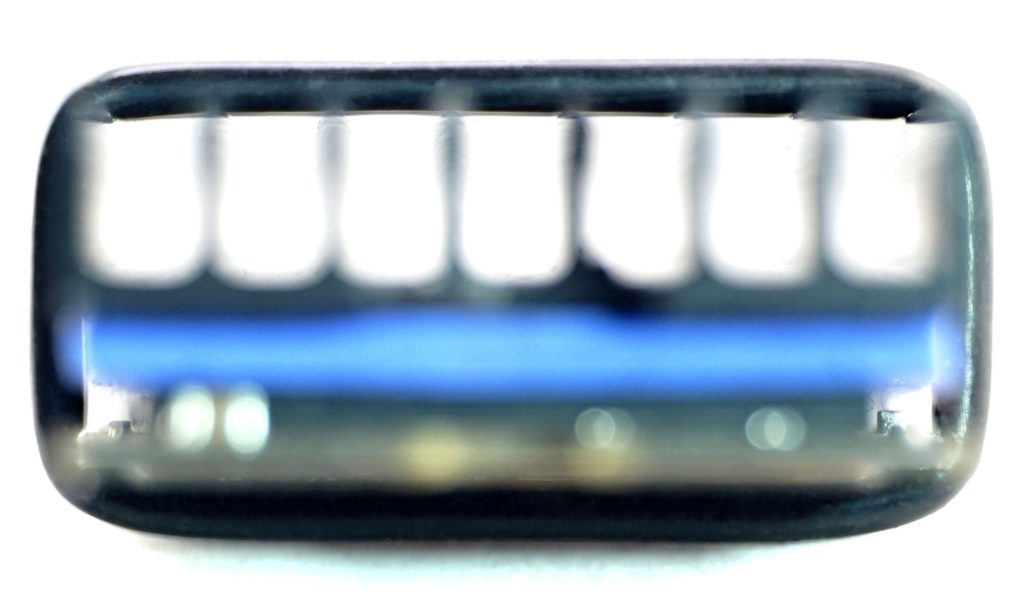
Some coolers have two thermal pads, but that’s only if there is to be one between the back of the SSD and the backplate. These coolers don’t have one, so you won’t get any use out of it. In some, very rare cases, it could serve as a thermal interface through which it would transfer heat to the motherboard PCB. Usually, however, the gap between the slot and the motherboard PCB is too big and where it could be just right, there is again the standoff for which you would have to cut a hole in the thermal pad. But this is not expected by default and again this is primarily a replacement part.
Who knows how much lower the price could be if only one thermal pad and only two rubber bands were supplied (for example, with a textile cover that would make them more resistant to damage during assembly).
Only M.2 SSDs with 80 mm length are supported. On shorter ones, due to the overlap of the cooler, it is not possible to mount the SSD by screwing it to the standoff. You can’t get to it through the finning, it’s covered by the heatsink.
Methodology
The tests take place in a wind tunnel that replaces a standard computer case. Four Noctua NF-S12A PWM@550 rpm fans are used for system cooling in a balanced ratio of two intake to two exhaust fans. The intake air temperature is strictly controlled and is kept within a narrow range of 21–21.3 °C for maximum accuracy.
In line with findings from measurements of the impact of different positions on cooling efficiency, we test separate SSD coolers in the first slot, above the graphics card. From board tests we naturally have a lot of results of coolers (referred to as cooler 1 and cooler 2) from other positions as well, but there it is due to their fixed position.
For testing, we use the Samsung 980 Pro SSD (1TB). The load is run for 10 minutes (which is enough time in the wind tunnel for temperatures to stabilize) in CrystalDiskMark – sequential read and write cycles. The achieved power draw then is about 8 W, which is the upper limit of what M.2 SSDs achieve and shouldn’t change even models with PCIe 5.0 interface support.





